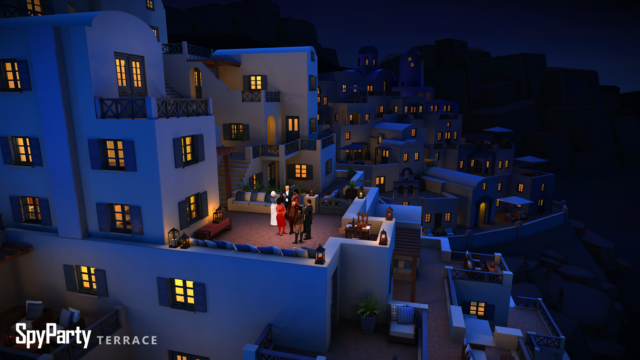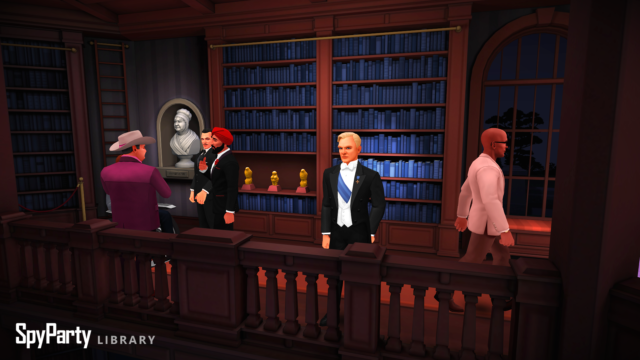
Champion argues that in a museum or gallery setting, people have less time for repetition and consequently a reduced ability to master a complex set of rules (55), and this should be borne in mind when creating historical simulations or heritage games, which instead should focus upon understanding cultures, languages or ways of life. This chapter concludes with three historical game case studies, and in doing so makes a final intriguing challenge to the primacy of rules in understanding games. He also argues against the prevailing assumption in game studies that specifically computer games are the most important form (29), suggesting that games should be assessed – in the context of learning – for their 'value' and pedagogic potential rather than their media form. ( 2012) would call 'design-after-design'.

This echoes much recent work into the examination of glitches, modding, speedrunning, and other subversive practices of counteractive design (Johnson and Reed forthcoming) or what Bjögvinsson et al. In this chapter the author also proposes that the best games are 'thought-provoking' (34-35) – highly relevant to the educational agenda at work – and for a level of indeterminacy in the rules and affordances of games, arguing that the designer-implemented rules are not necessarily the only rules by which a game is played (36-37). Champion challenges (29-30) the view of games as fundamentally rule-based systems (Juul 2011), proposing that this doesn't fully describe the subjective and phenomenological experience of a player – especially as the player most probably won't even appreciate all the rules that are being calculated beneath the surface of a game. This first chapter then concludes by fleetingly raising the possibility of using computer games in the digital humanities as a method of creating valuable visualisation systems, which leads onto the second chapter's discussion of the nature of 'games' and whether existing work is illustrative, or inadequate, when it comes to games with a digital heritage or historical simulation agenda. He argues that since many find images more compelling and easier to understand than text (10-11), visualisation methods would augment (17) textual approaches thus leading to broader dissemination, as well as allowing for an appropriate portrayal of societies with strong visual and symbolic cultures, such as the Maya.

For those future game nights, we have a handful of recommendations.Champion begins by exploring the current dominance of textual research and output in the field of digital humanities – which he defines as a fusion of computing and humanities with neither given obvious priority over the other (page 5). While many players are still going strong on InnerSloth's one-hit-wonder, some may be looking for new avenues to experience, and inevitably dish out ultimate betrayal. When outside circumstances might prevent us from seeing the ones we love, be it snow or sickness, we can always rely on virtual togetherness to get us by.

The craze around Among Us feels almost reminiscent of snow days spent playing games with friends. RELATED: 9 Tabletop Social Deduction Games For Fans Of Among Us The pandemic was a huge driving force in this popularity, seeing as the game revolves around its social aspects and made the perfect excuse for scheduled game nights and casual late-night Discord calls. Now with the recent release of Among Us, the genre has gained more traction than ever, bringing friends together before subsequently breaking them apart again out of paranoia and betrayal. Social deduction games have been around for quite a while, from tabletop parties and family game nights to Halo custom games and GMod servers.


 0 kommentar(er)
0 kommentar(er)
